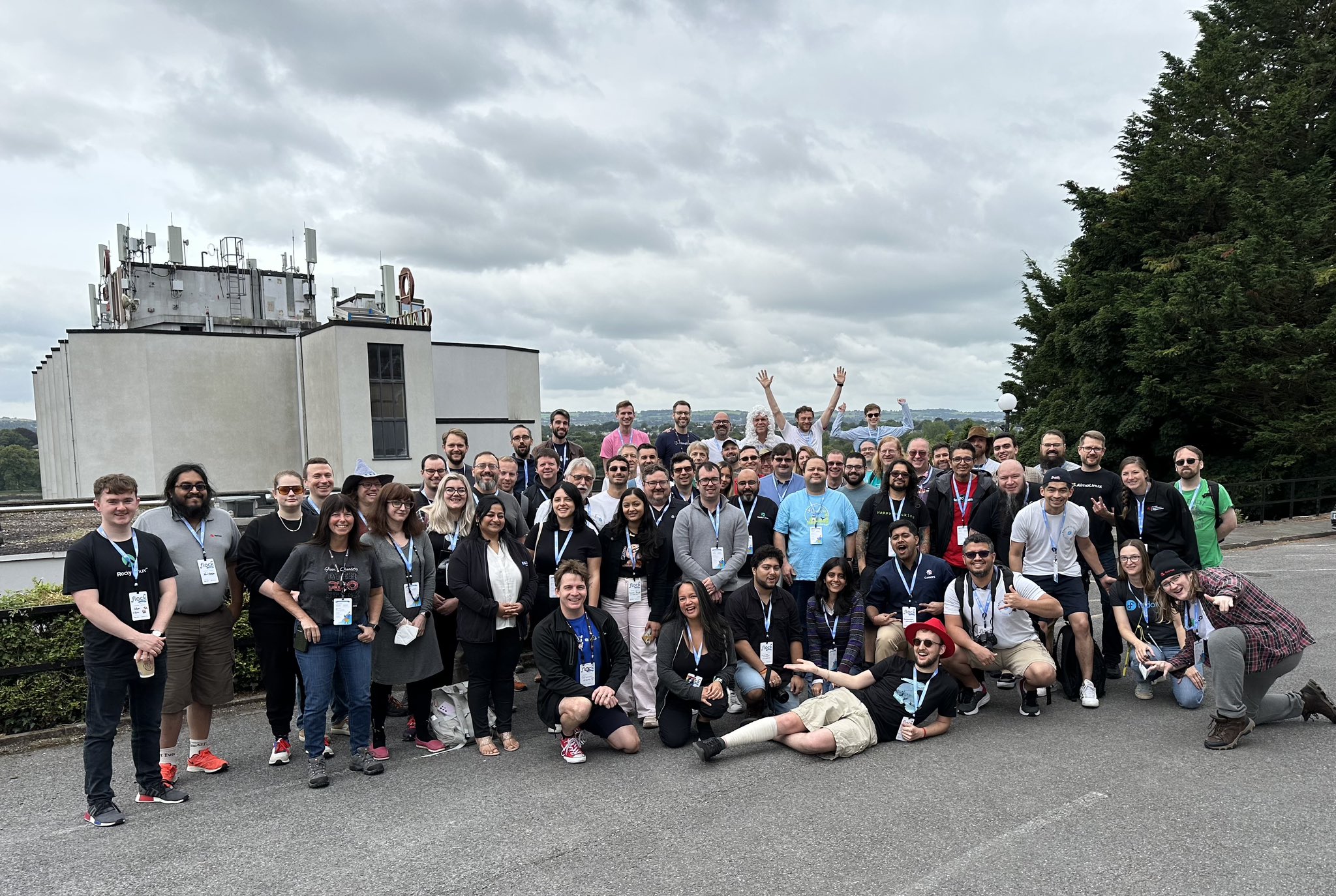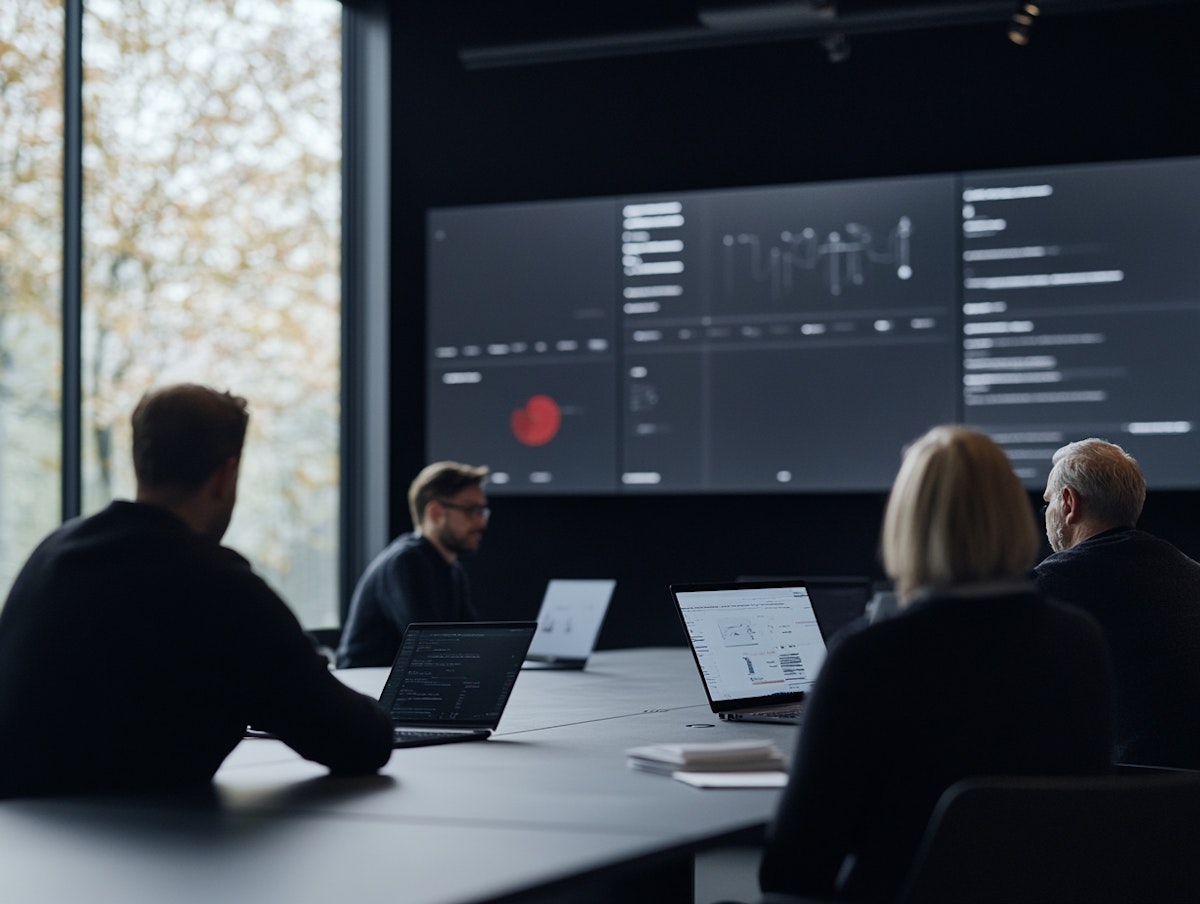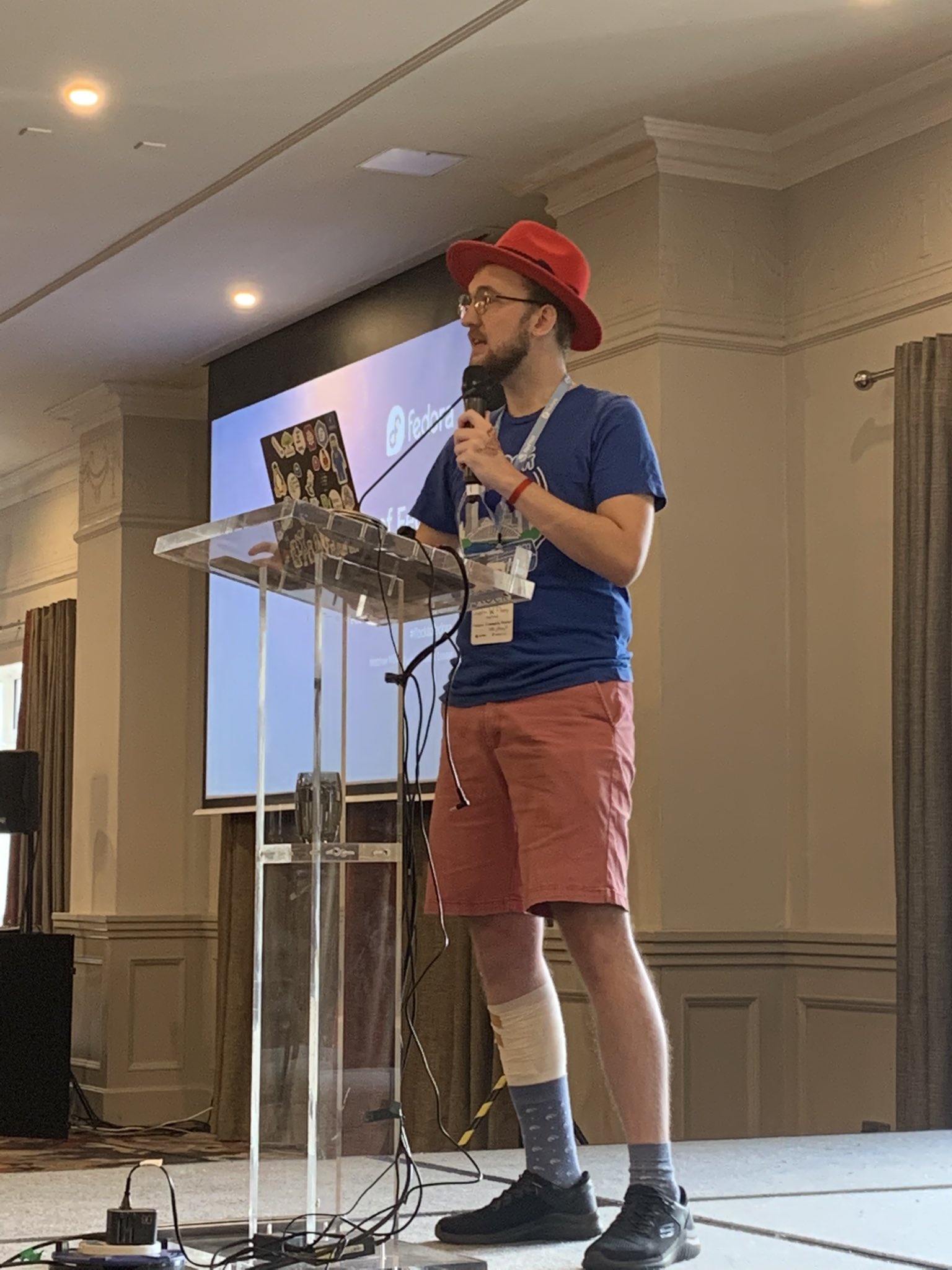Planning Fedora Events with Diversity, Equity, and Inclusion in Focus
 Onyewuchi Esther chikamso
Onyewuchi Esther chikamso
Image Source; An X post, view link here
A successful event can be determined from the planning stage. This is no guarantee that the event would go exactly how to was planned, but from the view of the audience, it can be a properly executed event.
At Fedora, it is the responsibility of the Diversity, Equity and Inclusion (DEI) team to organize inclusive events and ensure that the event is successful. The success metrics of an event in Fedora includes;
How accessible is the event?
How well is diversity and inclusion represented?
How does it foster community engagement and collaboration?
This guide shares best practices for organizing Fedora events that is diverse and inclusive, making sure members of the community can take part fully regardless of their background or skill level.
Pre-Event Planning
This is a very crucial stage, because every other thing done during the event planning process is built on this. Here, you identify the purpose of the event, event type and the target audience.
Identify the Purpose of Your Event
Clearly defining the event’s goals will guide decision-making, resource allocation, and overall event structure.
Consider the following when establishing your event’s purpose:
Recurring vs. One-Time Events
Is this a regularly scheduled event that occurs annually, quarterly, or at another set frequency?
Is it an event created in response to a specific need or issue observed within the Fedora community?
Is the event an opportunity to introduce Fedora to a wider audience?
Community Engagement and Collaboration
Is the event designed to strengthen relationships and foster collaboration among Fedora community members?
Will it provide networking opportunities and build camaraderie within the community?
Does it align with Fedora’s broader mission, such as improving diversity, equity, and inclusion (DEI) in open source spaces?
A great example is the Fedora Week of Diversity, an annual event that highlights community members and their notable contributions. You can read more about it here

Define Target Audience
After the event purpose has been established, the next point of action is to determine the audience for the event. Remember the focus of this guide is to improve representation of people for underrepresented background, whether they be existing Fedora contributors or newcomers to the open space community.
With diversity and inclusion in mind, this step helps to tailor the activities, speakers and accessibility measures for the most impactful experience for the prospective audience.
The Fedora week of Diversity reaches thousands of contributors from various backgrounds and time zones.
Selecting Event Format (Virtual, In-person or Hybrid)
After the goals and the audience of the event has been determined, it is time to decide th format of the event, whether it be in-person(physical), virtual or hybrid. Here, you put into consideration the audience location, the audience size and the accessibility needs.
Virtual Event: This covers a larger audience and is very cost-effective. An example is the Fedora Week of Diversity.
In-person Event (Physical): This is mostly for networking, hands-on workshops or training (e.g. Hackathons) and community bonding. A perfect example is the Flock to Fedora conference that takes place annually.
Hybrid Event: Live-streamed and recorded sessions allow remote audiences to participate, making the event more inclusive.
This is step defines the budget allocation. Knowing the audience size and the event format, it would be easier to know the amount of money that would be allocated. Typically, physical event takes more budget as you have to cater to the needs of your audience (food, travel allowance, accommodation, etc)
Speakers and Guests
Speaker at the 2023 Fedora Flock event. Image source
An event would feel very incomplete without its speakers. In events like weddings or parties, there is always someone that addresses the audience, it might be the parents of the celebrants or even the MC that was hired to keep the atmosphere lively. All these examples are informal but drives my point of the importance of speakers in an event.
The key strength of open source community is its accessibility, bringing together people from various fields, shaped by their culture, education and lived experiences. This influences their collaboration style and problem solving approach. Giving the opportunity to such people to speak at events and share their unique stories can inspire and creating a lasting impression on the audience.
Speaker Best Practices
At Fedora, we make sure our speakers are well-prepared and supported so they can deliver an engaging and inclusive experience. Here are some key best practices;
Speakers must follow Fedora’s Code of Conduct a warm and welcome environment.
Interactive participation are encouraged by including Q&A or workshops.
Provide speakers with slide templates, and links to brand assets from our documentation for consistent branding.
Speakers should stay within their allocated time to keep the event running smoothly. Here is the schedule for Fedora Week of Diversity
Call for Proposals (CFP)
At Fedora, fairness and transparency is important to us, which is why we have a well structured CFP. This process encourages diverse topics and perspectives, community involvement, ensures fair and transparent speaker selection. It also helps us discover new talent within the community (people who have not spoken before but have valuable insight).
The CFP outlines event themes, submission guidelines, and expectations. Here is the link to Fedora’s Call for proposals.
Fedora’s week of diversity included a CFP during the last year event hightling the topic of interest, format used, code of conduct and submission guideline
Accessibility and Code of Conduct
A welcoming community sets clear expectations for behaviour, and Fedora’s Code of Conduct ensures that everyone feels respected and included, whether new or existing community members. At events, this should be visible and easy to find, so attendees can know what kind of behavior is expected or frowned upon. It is important for organizers to notify the Code of Conduct committee in advance to ensure preparedness.
Beyond community guidelines, accessibility is key to making sure everyone can fully participate. Here’s what to consider when planning your event:
Location:
Pick a venue that’s easy to find and accessible by public transportation.
Ensure it has ramps, elevators, accessible seating, and restrooms.
Avoid locations with restrictive travel policies that could limit attendance.
Provide clear maps and directions, highlighting accessible routes.
For virtual events, use a widely accessible platform like YouTube to ensure easy access, live-streaming, and captions.
Date and Time:
Choose a time that accommodates the majority of the audience.
Avoid scheduling events on major cultural or religious holidays to ensure inclusivity.
Record sessions for people who could not attend an in-person event.
List event times in UTC alongside major time zones to avoid confusion.
Communication and Visual Accessibility:
Offer sign language interpreters or real-time captions (CART services).
Provide translated materials, live interpretation, or captions in multiple languages.
Avoid flashing lights or overly stimulating visuals that could trigger sensitivities.
Make sure assistive listening devices are available if needed.
Dietary Needs (In-person event):
Include a section for dietary restrictions in the event registration form.
Offer meal options that consider religious and cultural needs (e.g., halal, kosher, vegan, gluten-free).
Clearly label all food with ingredients and allergens.
Provide a variety of non-alcoholic drinks, including water and juices
Check out the following links for more accessibility guides:
Diversity and Inclusion: The Ultimate DE&I Event Planning Checklist
Diversity, Equity, and Inclusivity: A Guide for Event Planners
Event Promotion & Community Engagement
Now that all the event plans are in place, it’s time to spread the word and get people excited. After all, what’s an event without attendees? Promoting the event effectively ensures maximum visibility and engagement. Here’s how to make that happen:
Marketing Strategies for Outreach
Create a compelling event announcement that highlights its purpose and key speakers. Utilize Fedora’s blogs, Fedora’s magazine, and discussion forums.
Work with the Fedora design team to create visually appealing graphics tailored to the event. Here are some examples of printed materials for outreach.
Collaborate with Fedora’s marketing team.
Encourage Fedora contributors and past attendees to amplify the event through their networks.
Highlight stories from past diverse attendees to encourage broader participation.
Engaging Local DEI Communities for Participation.
- Engage DEI-focused groups by offering scholarships or sponsorships.
Leveraging Social Media
Promote the event on Fedora’s official X, Mastodon, and Instagram.
Host pre-event Q&A session to drive participation
Post-event Follow-up
Share event coverage across Fedora’s platforms. Follow Fedora’s SOP for Stream uploads for guidelines.
Create a detailed report documenting attendee demographics, accessibility feedback, and overall participation. Check out the Fedora Week of Diversity report to see how the report can be structured.
Gather input from attendees and speakers through surveys to identify strengths and areas for improvement. This can be done by sending them post-event emails.
Offer mentorship programs for new contributors who engaged during the event.
Recommendations from My Research
Based on my research, I recommend that Fedora:
Properly document each event process for future reference by the community.
Regularly update the list of upcoming events early to keep community member informed and encourage early participation.
Call for volunteers and provide them with necessary training early in the planning process to help with event execution, ensuring a smoother experience for organizers.
Release registration forms in advance to collect essential attendee information and accessibility needs, which will improve logistical planning.
Offer more structured mentorship or training for first-time speakers to improve session quality and boost confidence.
Form alliance with other DEI focused communities
Conclusion
Fedora has always strived and made significant progress in being an inclusive and welcoming community, and creating events that reflects that is very important to us. Not only does it align with the Fedora 4 F’s (Freedom, Friends, Feature and First), it also makes the members of the community feel seen because they can fully participate in their own capacity. Creating a guideline would help us have structure for events, setting an example to other open source communities on how open source events should look like.
Subscribe to my newsletter
Read articles from Onyewuchi Esther chikamso directly inside your inbox. Subscribe to the newsletter, and don't miss out.
Written by

Onyewuchi Esther chikamso
Onyewuchi Esther chikamso
I am a UI/UX designer from Nigeria. I love to design digital experiences that don’t just solve problems, but make you wonder why it wasn’t always this easy. I blend curiosity, creativity, and a bit of humor to craft designs that feel as good as they look

